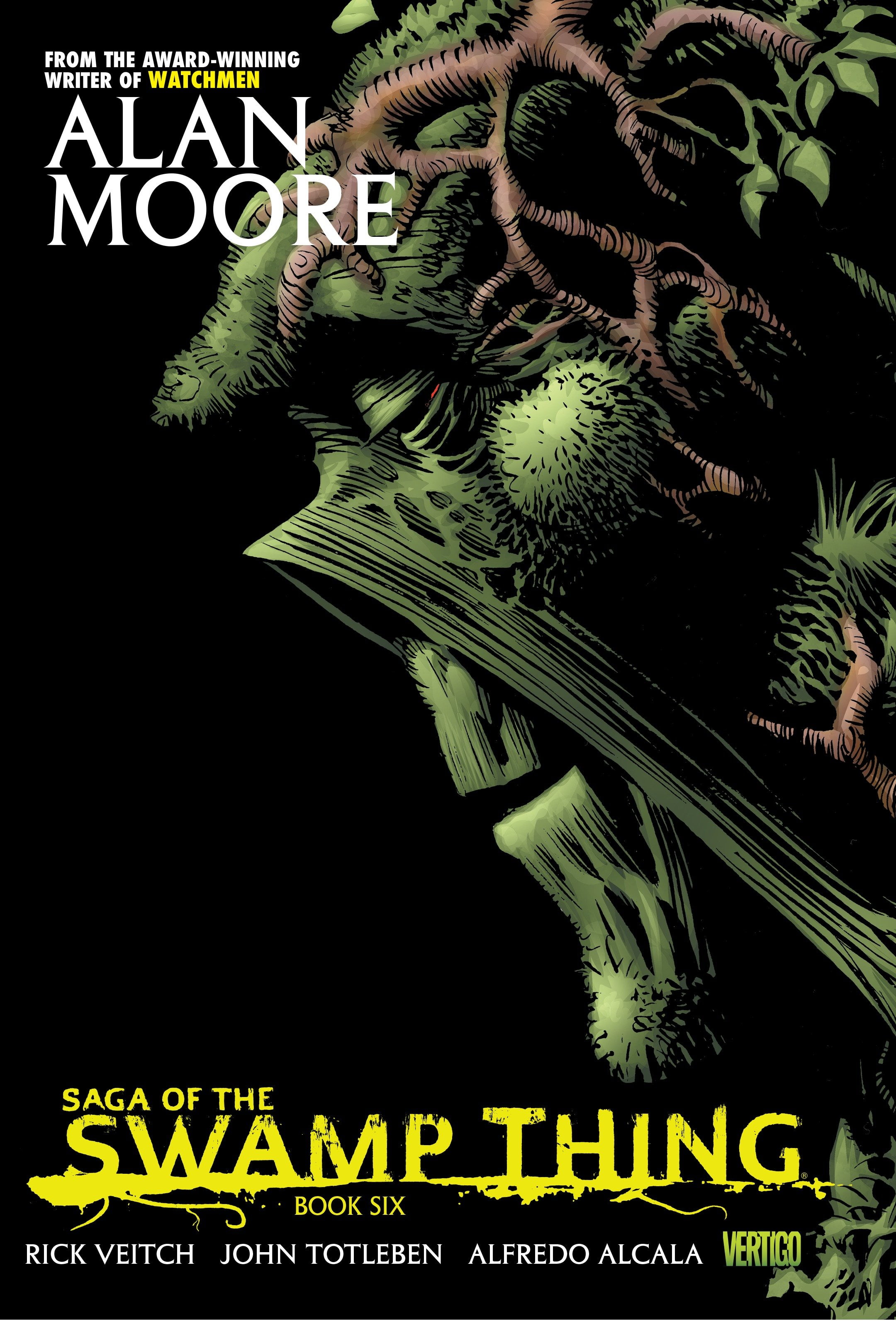


This stand alone issue is fine, no great shakes, but Alan Moore’s direct sequel (while somewhat contradicting events from Issue 3’s ending) is supremely better. Issue 3 tries to tie the vampire story in with modern youthful nihilism, particularly in regards to punk rock. While an ongoing arc about a powerful little girl being hunted that Swampy wants to protect is established in issue 1, the early issues follow almost an X-Files rhythm or ongoing arcs and standalone stories (which only ran for one or two issues at most).

If he never illuminates the character, or supporting cast, with the weight that Alan Moore did so frequently and frequently well, he did manage to strike a handy balance between a more grounded and contemporary story (no 1800s Frankenstein villages here) and the classic Monsters of the original series.

To be honest, I like Yeates art fine and Pasko’s writing - aside from some awful dialogue and the standard comic book disability of frequent recapping, his attempts to bring Swampy into the 1980s, add more urgent ongoing arcs and broaden the scope of characters is admirable. Martin Pasko and Tom Yeates were the general creative team as writer and artist, respectively and their work is largely dismissed in the shadow of the Alan Moore/Steve Bissette and John Totleben run that followed. Publishers use these marks when books are returned to them.After the 1970s run finished, Swamp Thing was adapted with partial success for the movie screen and as a tie in, DC revived the character, picking up a few years later, in a new book called Saga of the Swamp Thing. Remainder Mark - A remainder mark is usually a small black line or dot written with a felt tip pen or Sharpie on the top, bottom, side page edges and sometimes on the UPC symbol on the back of the book.If excessively worn, they will be marked as "tray worn." Flat trays for SPI games are not graded, and have the usual problems.If excessively worn, they will be marked as "card worn." The cardboard backing of miniature packs is not graded.In most cases, boxed games and box sets do not come with dice.Due to the nature of loose counters, if a game is unplayable it may be returned for a refund of the purchase price. Boardgame counters are punched, unless noted.Major defects and/or missing components are noted separately.Example, EX+ is an item between Excellent and Near Mint condition. A "plus" sign indicates that an item is close to the next highest condition.When only one condition is listed, then the box and contents are in the same condition. Boxed items are listed as "code/code" where the first code represents the box, and the second code describes the contents.


 0 kommentar(er)
0 kommentar(er)
